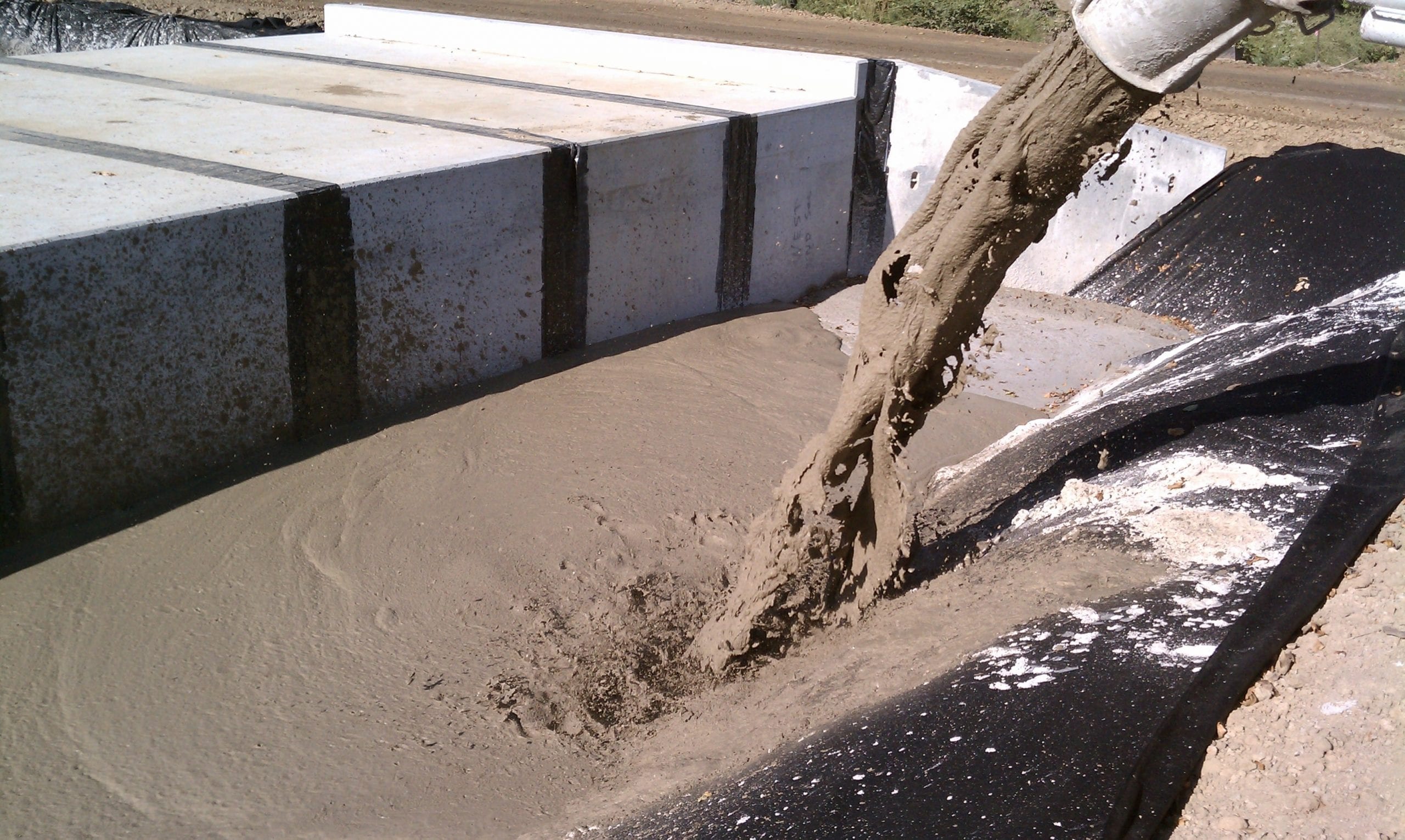You may have heard the old adage “I’ve got a soft spot in my heart for you.” Whether it be for a family loved one, a dear friend, a new puppy, or your alma mater, it just means that you have a great deal of affection and care for someone. Now, you might not be thinking “soft spot” the next time you are sitting in your car waiting for a construction flagger to send you on through. But when roads have to be cut to fix a water line or add a utility, the end result can leave a bump or dip in the road as a result. And, you guessed it, that repair most likely was caused by a soft spot in the soil.
Often times, repairs to a road are a continuous problem for street department and are expensive fixes for most city budgets. After an initial road repair there can often times be disturbed soil that doesn’t compact well leaving a dip or bump in the road. This creates an ongoing patching process for cities with few dollars to spend on constant repairs and the quick-fix cycle continues until the problem can no longer be ignored.
So, what is a solution that will allow for a low-strength, stable yet re-diggable repair? Flowable fill. Flowable fill is sometimes described as CLSM or Controlled Low-Strength Material and is used in construction for non-structural purposes. It is a liquid soil of sorts that hardens quickly without sacrificing load-bearing weight and doesn’t require compaction.
What is flowable fill usually made of?
- Cement
- Water
- Fine Aggregate
- Fly Ash or Slag
What types of projects can it be used in?
- Highway Projects
- Storm Drainage
- Pipelines, Utility Vaults, and Retaining Walls
- Bridges and Trenches
Best Practice
Because flowable fill can’t be “too” strong, a process called self-jetting is usually preferred since it allows for the fill to self-compact in case a problem may need to be readdressed by a repair crew or utility later on. The use of flowable fill also maximizes repair safety. Many repair holes require compaction every few inches of lift and a repair person must risk a cave-in inside the hole during the repair. The self-compacting action of flowable fill cancels out the need to fill in lifts and can facilitate an opening in hours in some cases as the low cement content stabilizes the sand particles in place and holds back water.
Other applications of use for flowable fill consist of halting the flow of water. For example, during the building process a spring or external water source may be disturbed causing water leaks in a basement dig.The ideal way to stop the flow of water is to use flowable fill. Once the fill hardens, it can be re-dug with vertical walls and construction can continue in a dry space.
Flowable fill mixtures can be adjusted and calibrated by Shelby Materials to guarantee peak performance for a specified project and its requirements adhering to regulations such as INDOT Standards and Specifications. The versatility in design of the flowable fill mixtures offers numerous advantages for the engineer and end user. In hindsight, maybe we really should have a soft spot for this flowable fill product—versatile, re-diggable, safe, and dependable—now that is a product to love.
Have a fillable flow project to discuss? Contact our team.




